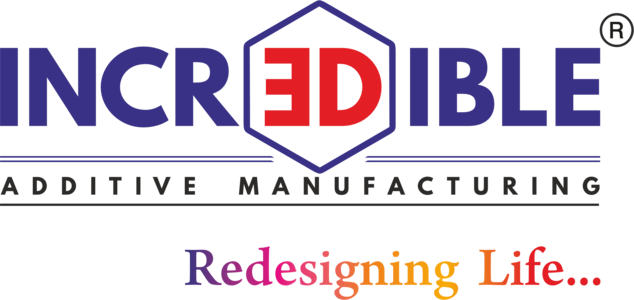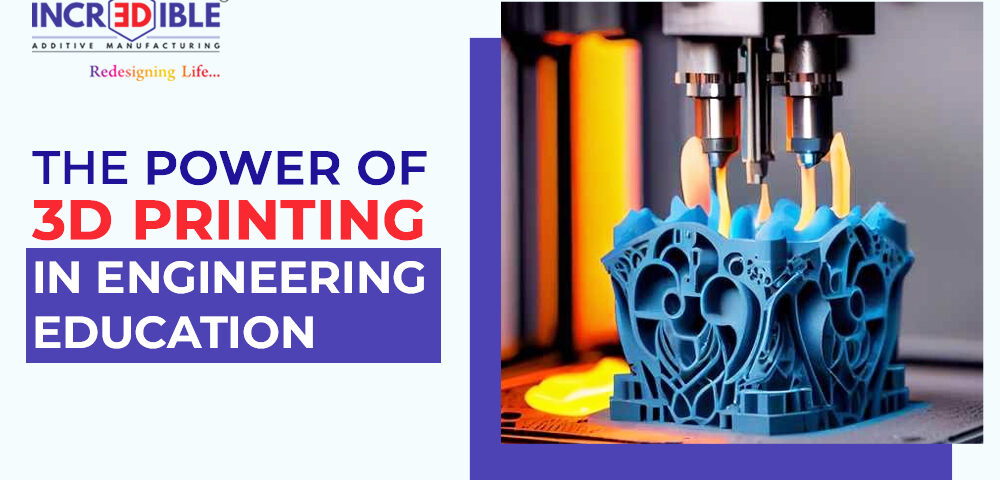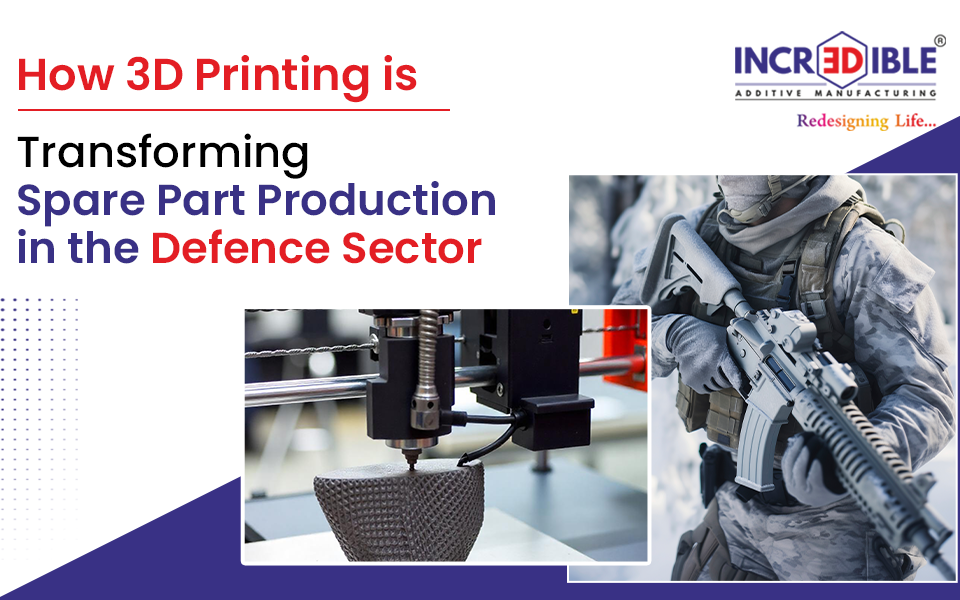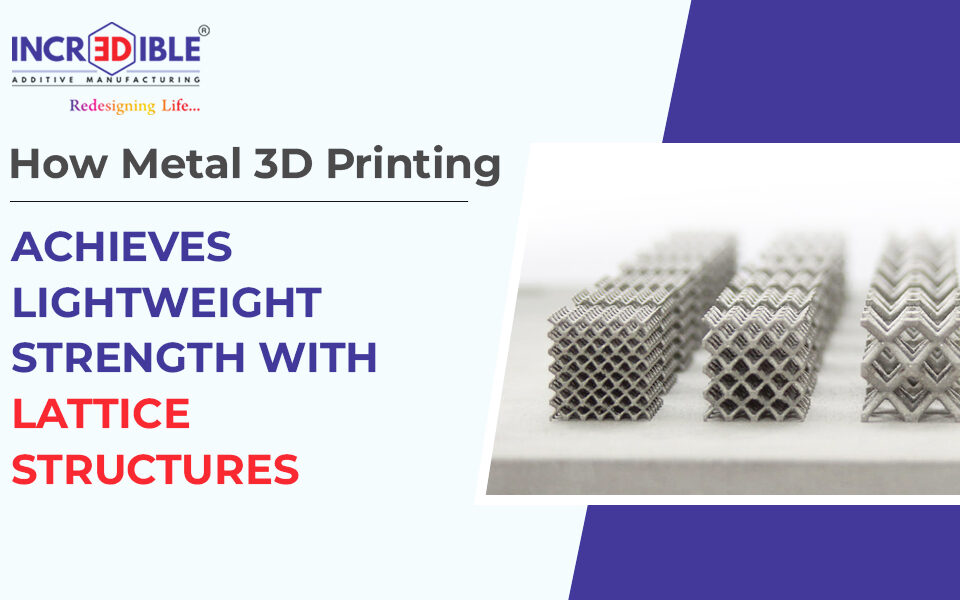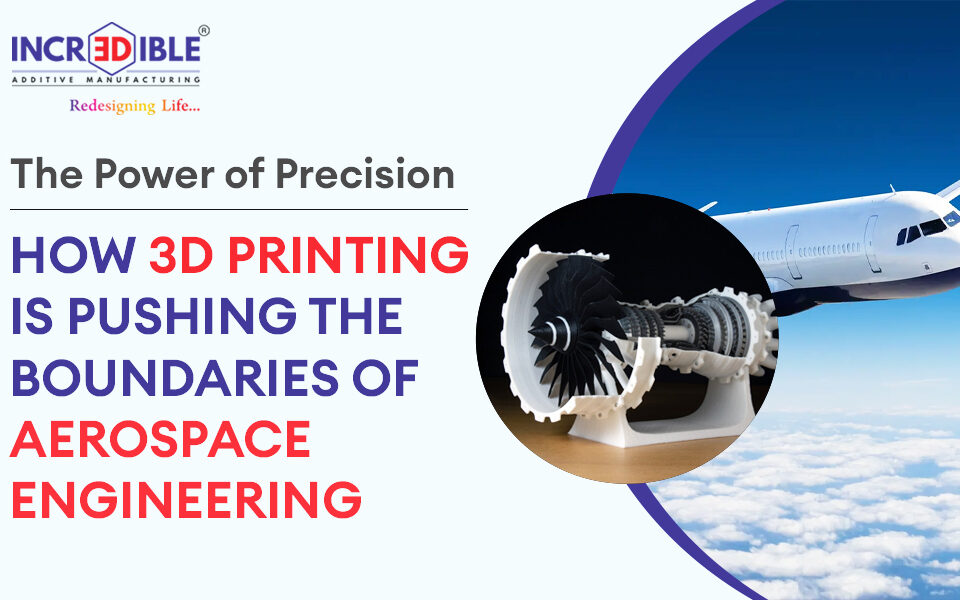The Power of 3D Printing in Engineering Education
In recent years, 3D printing has changed how we teach engineering. Students get valuable practice through 3D printing tasks, which improve their education. Through rapid prototyping and real interaction with design plans, 3D printing helps students better understand and enhance their creative solutions. Using 3D printing in engineering study improves student practice skills and develops their creative problem-solving capability. The tool transforms engineering education by better-connecting students between what they learn and what they do.
Quick Prototyping Boosts Learning
Students use 3D printing services to build their design models faster to advance their educational progress. By using quick prototyping, students can test their concepts immediately and update their designs quickly. The repeated trial-and-error method shows students’ theoretical knowledge better and gives them fast learning results. Having their designs appear in real life helps students learn design basics and develop new ideas when they do not need to fear their efforts fail.
Encourages Hands-On Experimentation
Under normal engineering teaching methods, students base their studies on book learning and virtual experiments. Students gain a better learning experience from 3D printing for education when they create physical versions of their digital designs. Students learn more about designs by creating physical representations with 3D printing tools. The practical exercise allows students to test their designs and discover innovative solutions.
Improves Design and Testing Skills
Through its usefulness for designing, 3D printing delivers strong capabilities that improve both development procedures and examination methods. The ability to create physical prototypes and test functionality makes 3D printing instantly deliver real-life testing results to students. Students can evaluate their designs through tests under various conditions to detect flaws, which lead them to enhance their work products. The quick testing and iterative process expose students to enhanced problem resolution abilities that teach them about design precision along with optimization requirements. The learning process requires students to both fix errors and design proper modifications.
Bridges: Theory and Practical Application
The primary advantage of using 3D printing services in engineering education for professors is its power to combine theoretical concepts with real-world applications. 3D printing enables engineering students to translate their classroom concepts about design principles and materials science together with mechanical properties by creating physical prototypes. Students better understand their design functionality in real-world scenarios by implementing tangible prototype creation from abstract ideas. The practical hands-on experience develops their academic learning and familiarizes them with the future responsibilities of their professional careers.
Conclusion
Engineering education substantially depends on 3D printing, as students gain practical skills from making quick prototypes while immediately testing them. Engineers who receive 3D printing instruction within their curriculum receive the essential tools that allow them to succeed in the changing engineering sector. The combination of theoretical knowledge and practical applications that 3D printing provides drives the development of engineering education. Future engineers obtain maximal potential along with innovation in their field through the implementation of advanced 3D printing technology. For modern 3D printing for education, students should investigate the developments in 3D Engineering.
